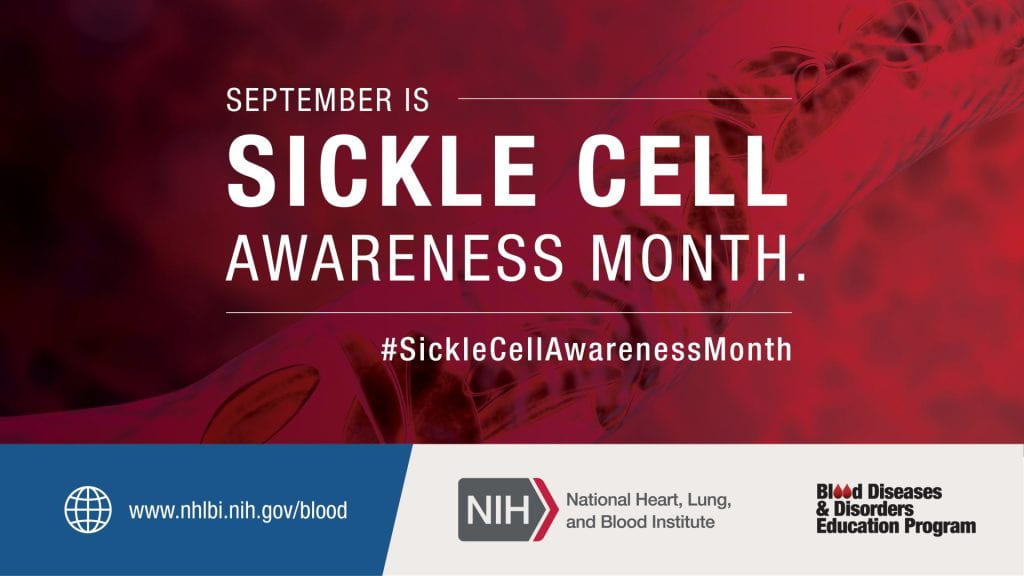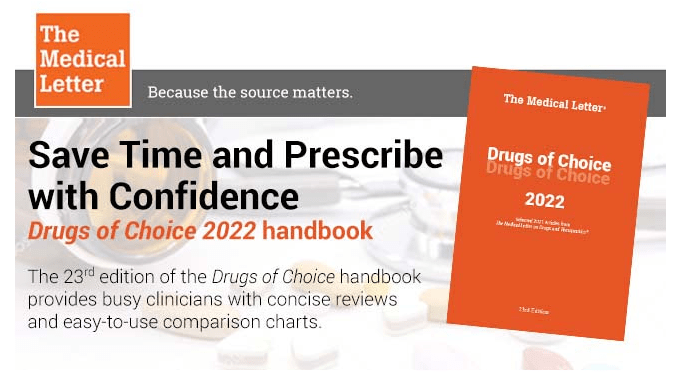
The Hispanic community is one of the fastest growing populations in the United States. According to census data, people who identified as Hispanic accounted for approximately half of the total population growth in the country between 2010 and 2020 and around 18.7% or 62.1 million Americans self-identify as Hispanic or Latino. (U.S. Census Bureau, 2021) Despite a significant presence in the country, less than 10% of all healthcare workers are Hispanic. Recent statistics and personal anecdotes suggest that having visible representation of Hispanic American healthcare workers will encourage more Hispanic individuals to pursue a career in the health sciences and allow Hispanic American patients to better connect with their healthcare provider.
On June 14, 2022, the Pew Research Center released a report entitled ‘Hispanic Americans’ Trust in and Engagement with Science.’ The report was based on survey data from nearly 15,000 U.S. adults and examined Hispanic Americans’ perceptions of both health sciences and the science, technology, engineering and mathematics (STEM) field. The authors note that overall “Hispanic adults hold largely trusting views of both medical scientists and scientists to act in the public’s interests. Hispanic adults’ encounters with the health and medical care system are varied, reflecting the diverse nature of the U.S. Hispanic population across characteristics such as nativity, language proficiency, gender, age and education.” (Funk & Lopez, 2022) Many Hispanic Americans have poor or no access to the healthcare field and for those able to regularly visit a healthcare provider, there are barriers to care, such as communication problems, that are present during these visits. The Pew Center report noted “Hispanic adults are less likely than other Americans to have health insurance and to receive preventative medical care.” (Funk & Lopez, 2022) Survey respondents shared many different opinions on the cause of health disparities within the Hispanic American population including working jobs with high health risks, language barriers, poverty and preexisting health conditions. When asked about solutions to address these health disparities many people responded that they believed increasing the visible representation of Hispanic healthcare workers would address these disparities. This sentiment is echoed by current Hispanic healthcare professionals:
Professional organizations such as the National Association of Hispanic Nurses and National Hispanic Medical Association connect Hispanic healthcare workers and develop meaningful communities. On the George Washington University campus, there is a local chapter Latino Medical Student Association. This organization will hold its 50th annual conference on January 27-28 in 2023 at John Hopkins University and the theme for the conference is “Un Futuro Para Todos: Highlighting Latino Innovation, Service, and Leadership in Medicine.” Registration for the conference is currently open and early bird prices are available until November 11th. To learn more about GWU’s Latino Medical Student Association, click here to view their website or email the organization at lmsa.gwsmhs@gmail.com.
Wandy D. Hernandez-Gordon writes in their personal narrative for AMA Journal of Ethics “Health professionals with cultural and language proficiency are critical to successful interventions, including health education, preventative medicine, and treatment. But these interventions are only the start in addressing the higher burdens and challenges that Latinos face in accessing quality health care. It is also critical to dissect and understand the systems and structures that both lead to and exacerbate health inequities.” (Hernandez-Gordon, 2022, p. 335) The Hispanic population in the United States continues to grow and it is important that they are able to access the full benefits of the healthcare system. In order to meet the needs of this diverse population, it’s important that more Hispanic healthcare professionals enter the field, share their experiences with their colleagues and collaborate with one another to offer long-lasting solutions.
References:
Funk, C., & Lopez M.H. “Hispanic Americans’ Trust in and Engagement with Science.” Pew Research Center, Washington D.C. (June 14, 2022) https://www.pewresearch.org/science/2022/06/14/hispanic-americans-trust-in-and-engagement-with-science/
Hernandez-Gordon, W.D. (2022). Why Community Health Workers’ Roles in Latinx Communities Are Essential. AMA Journal of Ethics, 24(2), E333-339. https://doi.org/10.1001/amajethics.2022.333
United States Census Bureau. (2021). 2020 Census Illuminates Racial and Ethnic Composition of the Country. https://www.census.gov/library/stories/2021/08/improved-race-ethnicity-measures-reveal-united-states-population-much-more-multiracial.html










